
What do some of the greatest engineering innovations have in common? They started with a mistake.

What do some of the greatest engineering innovations have in common? They started with a mistake.
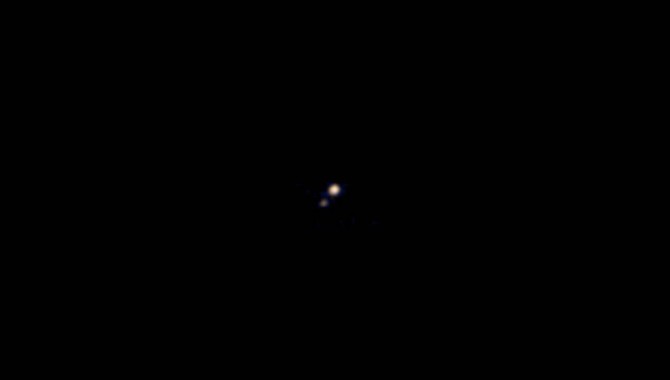
After traveling more than 3 billion miles through space, NASA’s New Horizons spacecraft is the first mission to explore the farthest reaches of the solar system.
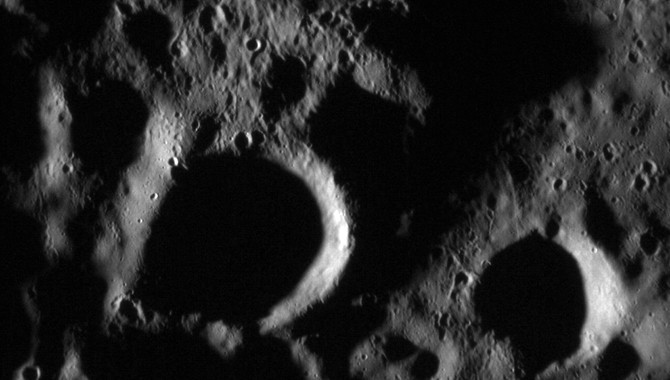
NASA’s Mercury orbiter is completely out of fuel. But that hasn’t stopped it from returning groundbreaking data about the innermost planet.
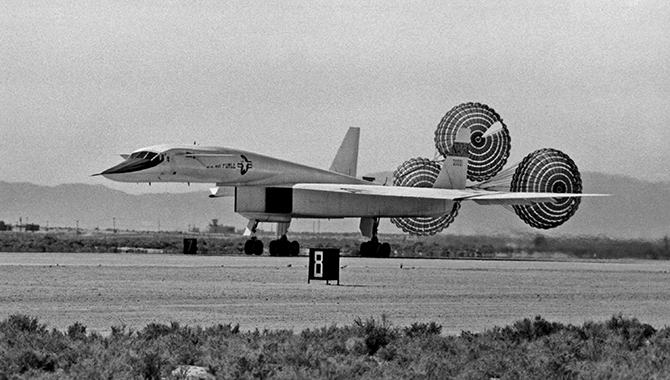
On April 25, 1967, the XB-70—a high-altitude supersonic long-range bomber—flew under the NASA banner for the first time.
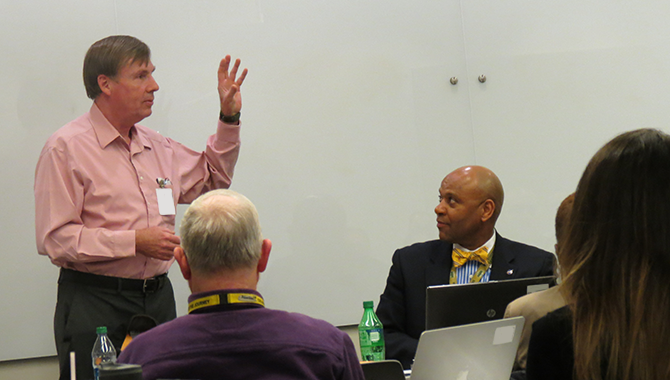
James Van Laak, former Operations Manager for the International Space Station (ISS), shared hard-earned wisdom with APPEL’s Foundations of Aerospace course participants.
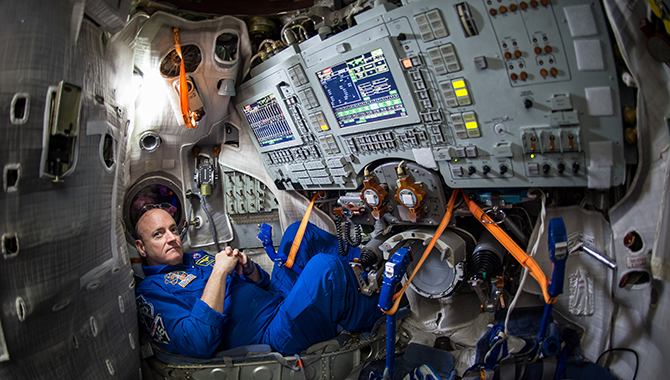
On March 27, 2015, two spaceflight veterans blasted off for a year in low Earth orbit (LEO) that will ultimately help humans travel to Mars.
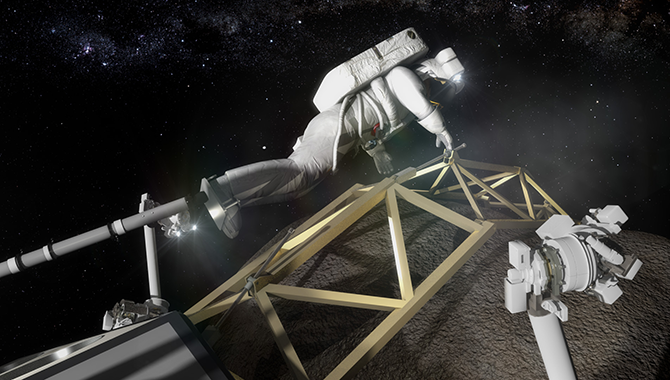
NASA’s Asteroid Redirect Mission (ARM) recently identified a boulder as the ideal stepping stone in the journey to Mars.

In preparation for missions beyond low Earth orbit (LEO), NASA has enlisted the Institute of Medicine to examine reports of human spaceflight risks.

NASA’s Academy of Program/Project and Engineering Leadership (APPEL) was recognized as the global leader in project management training.